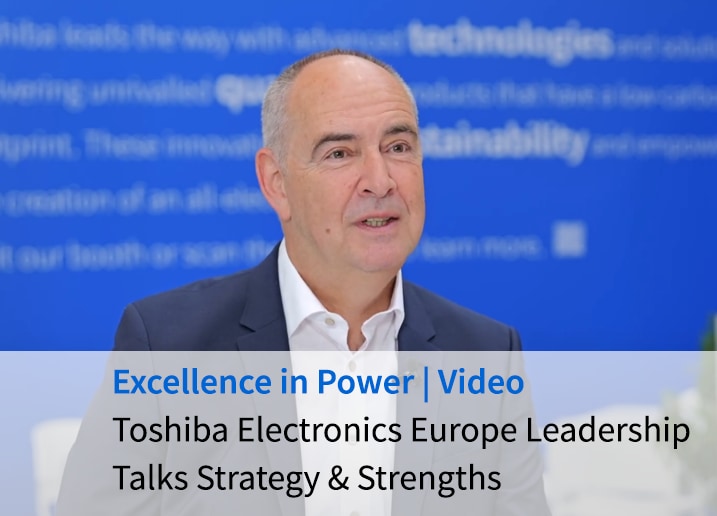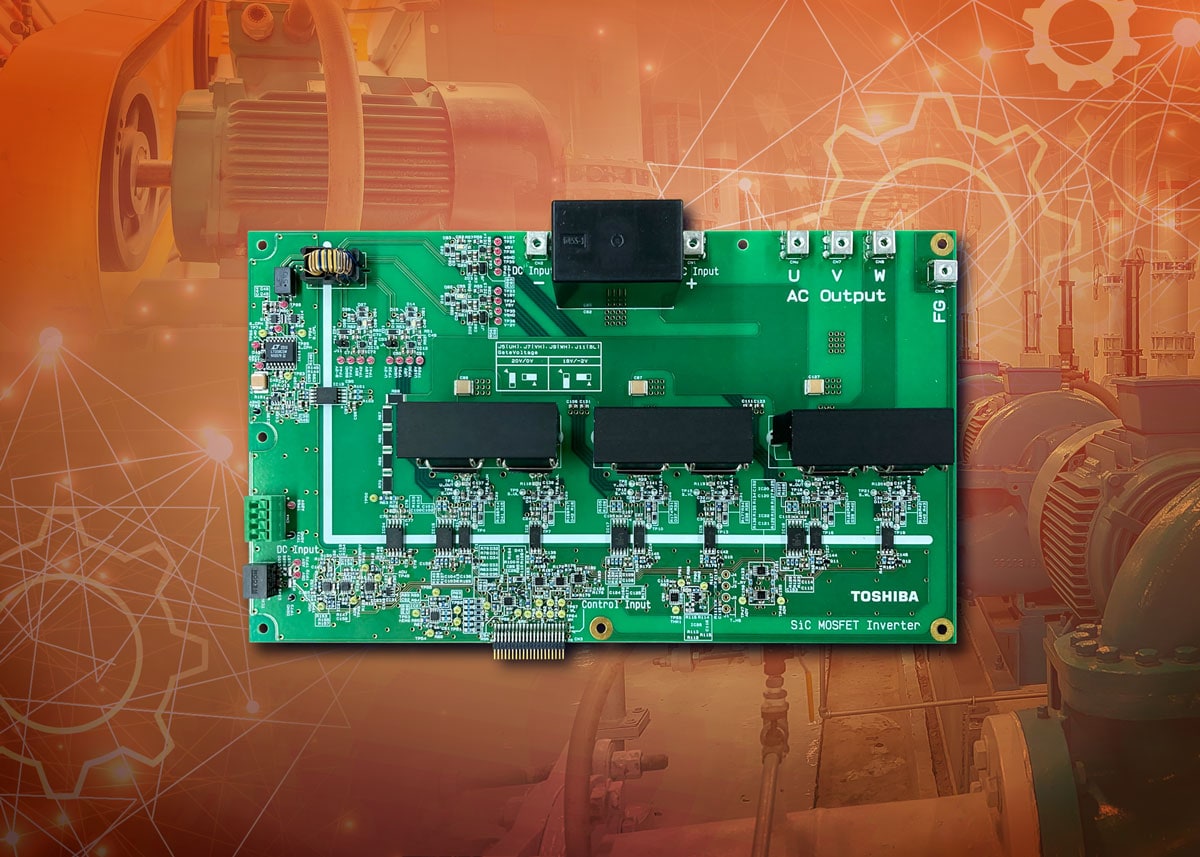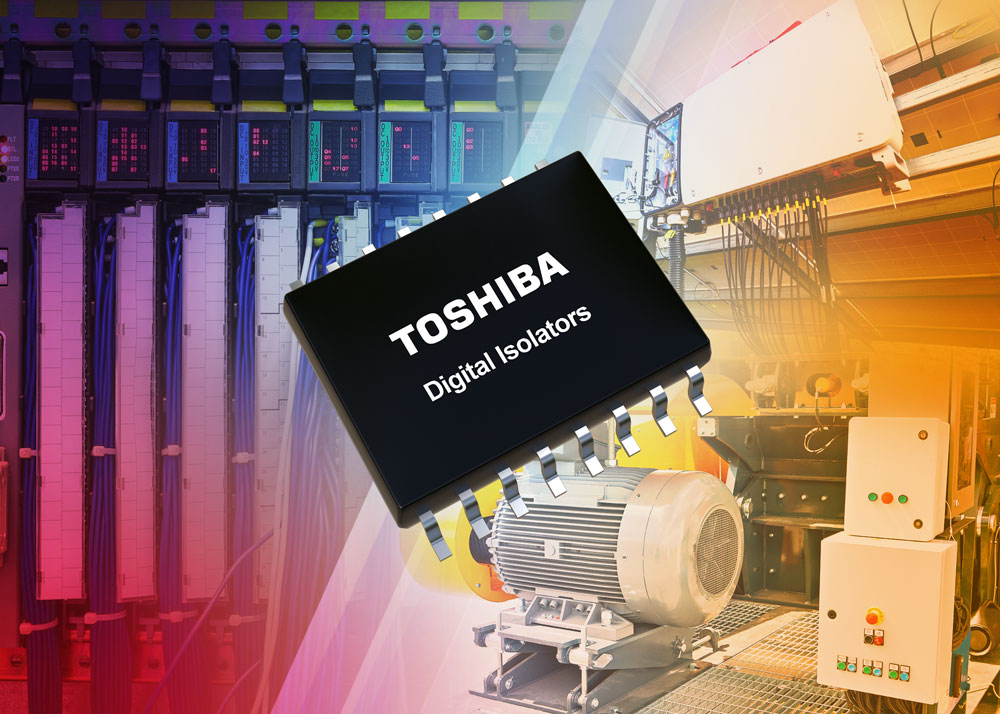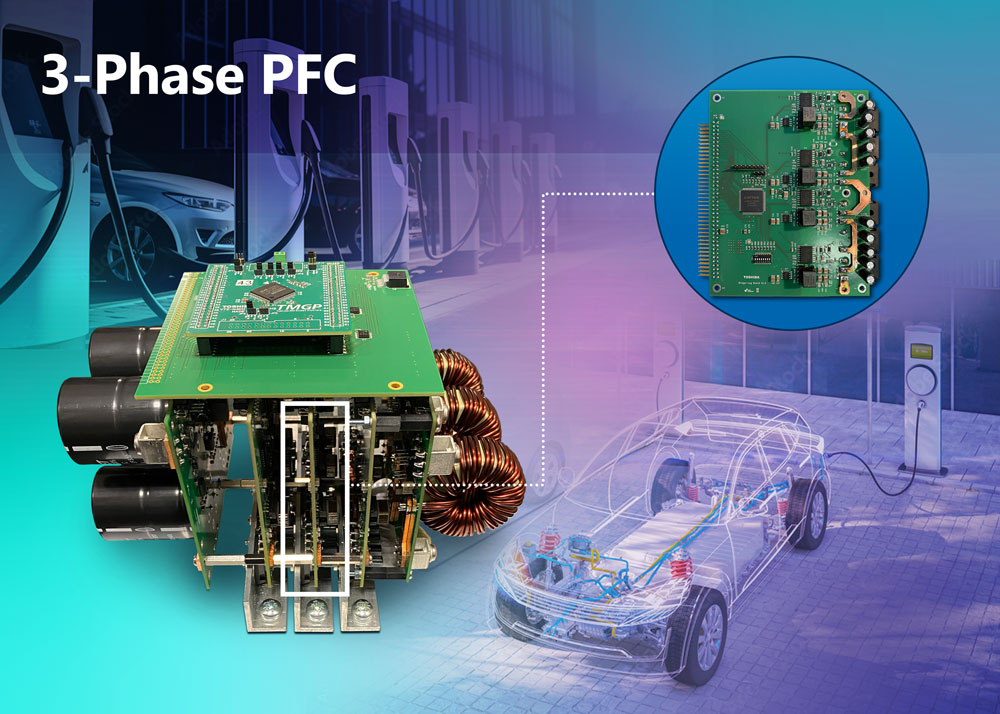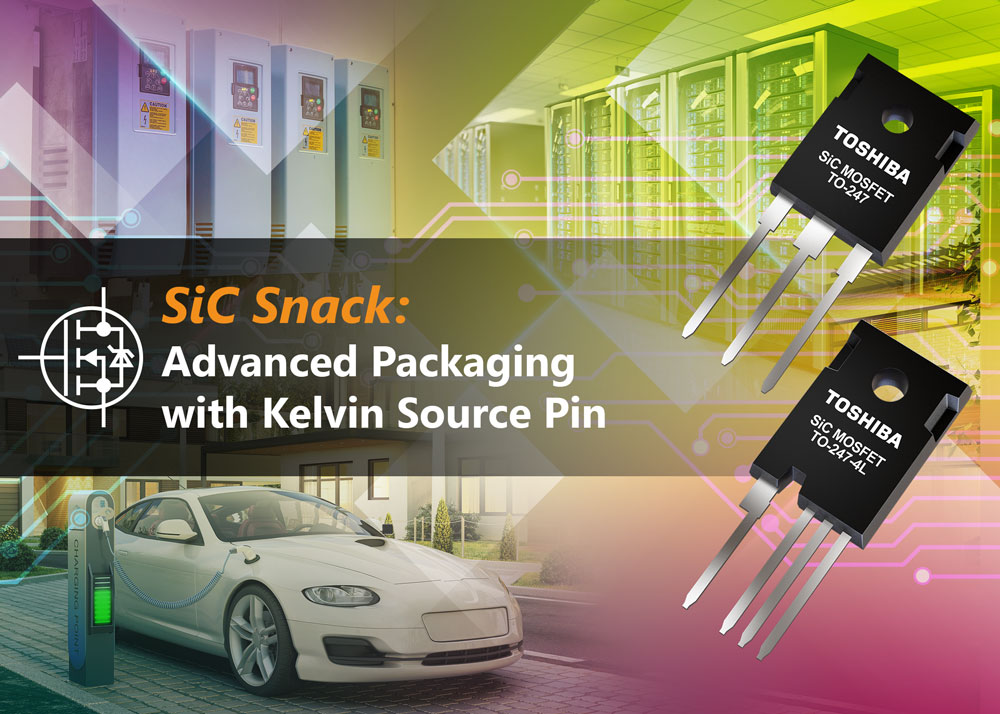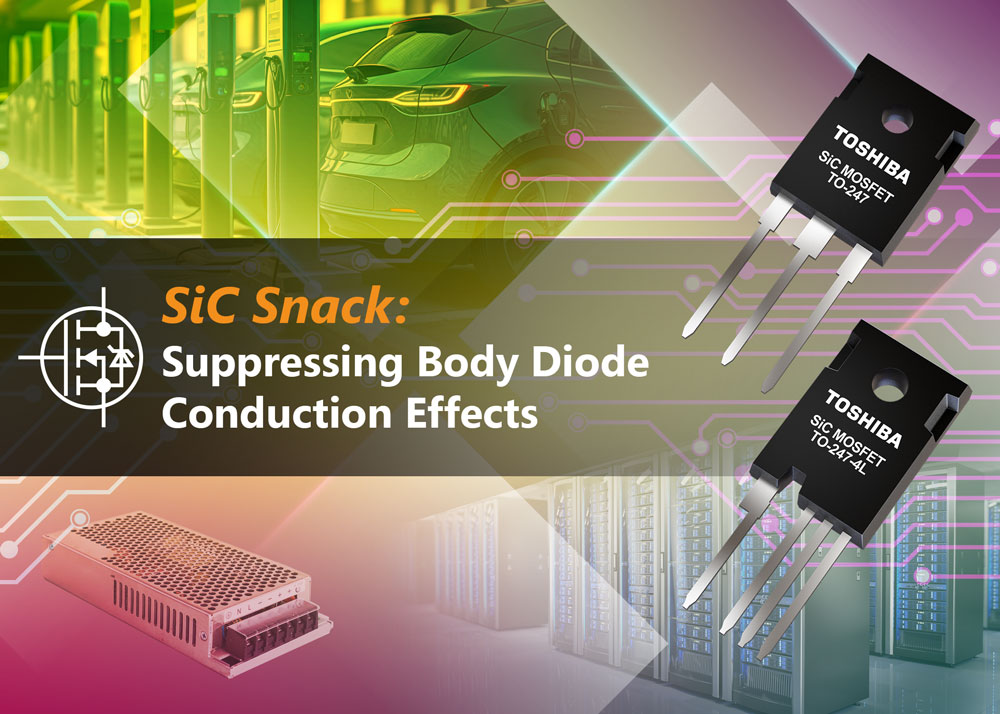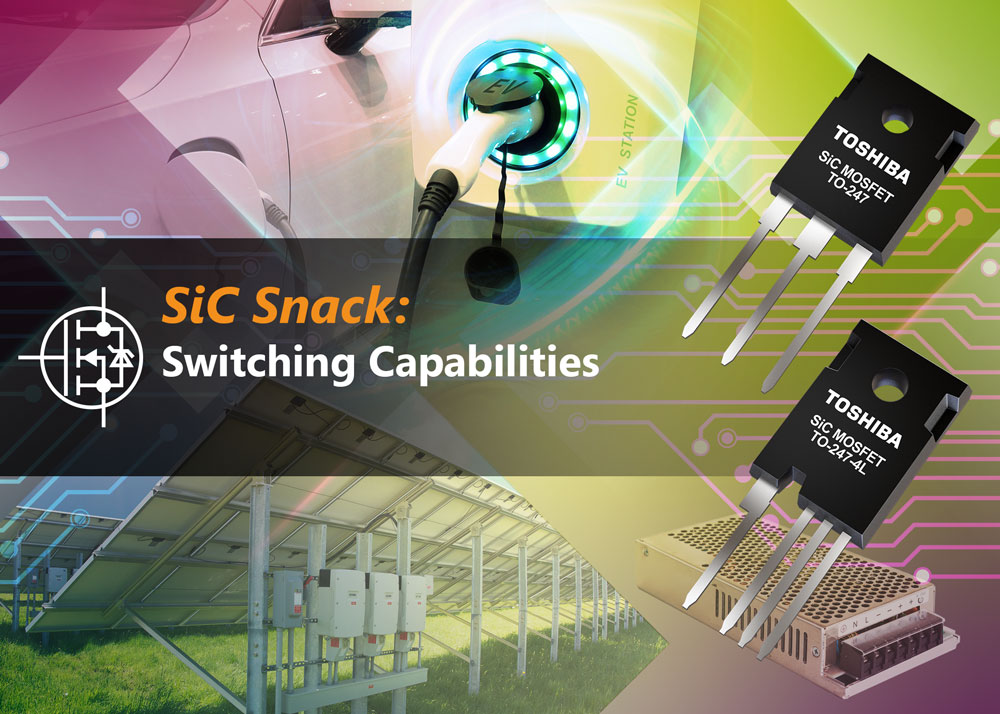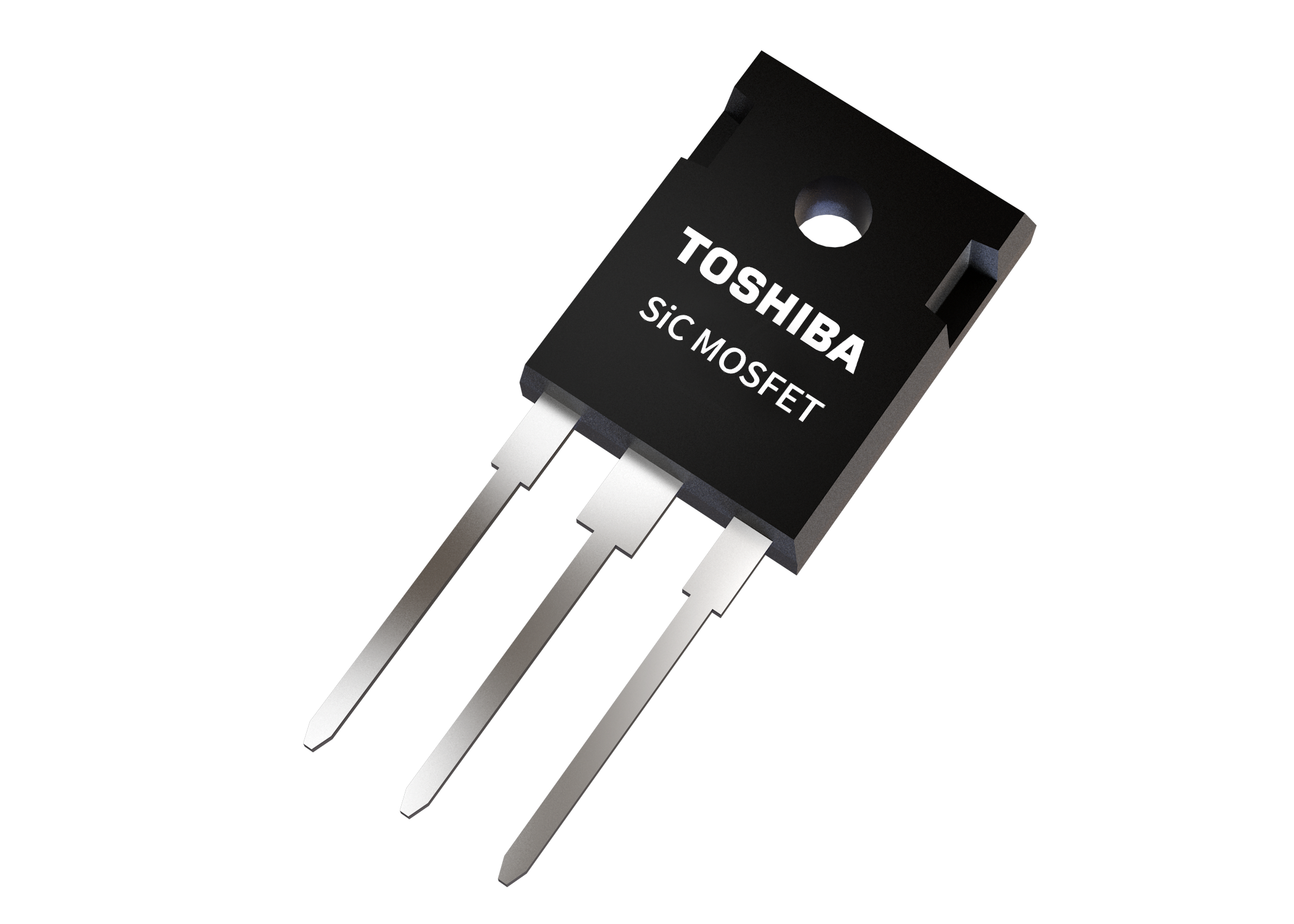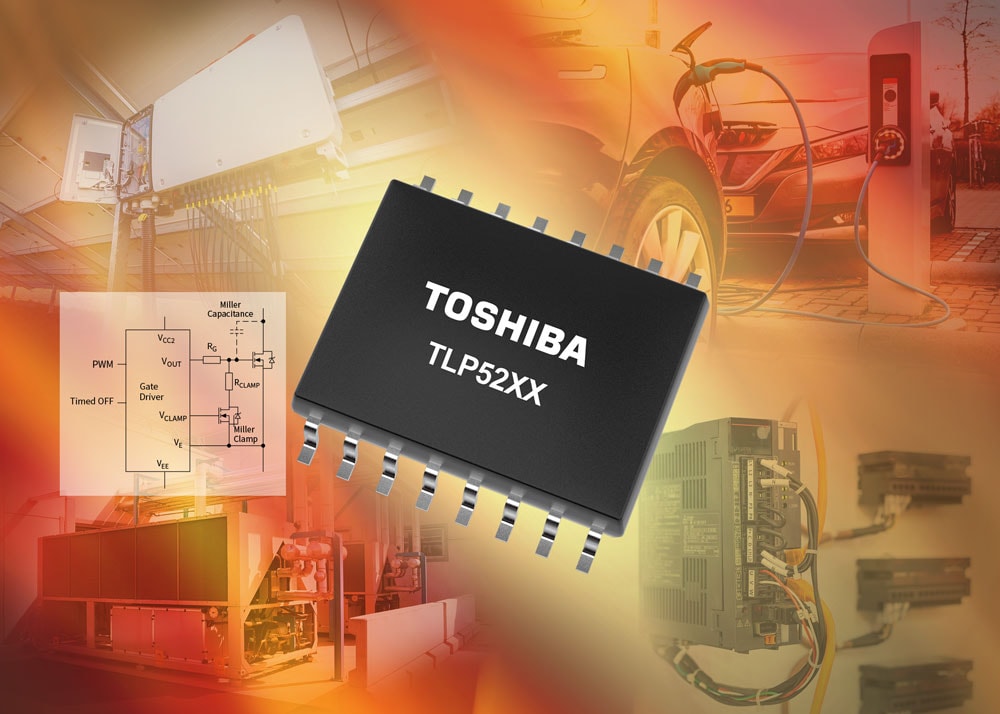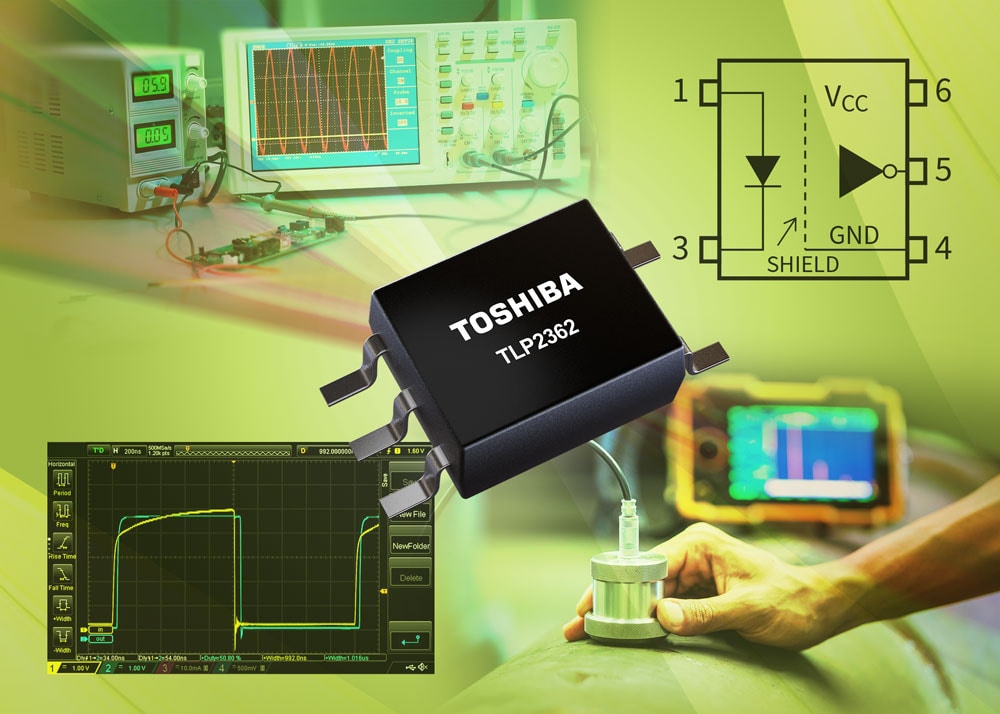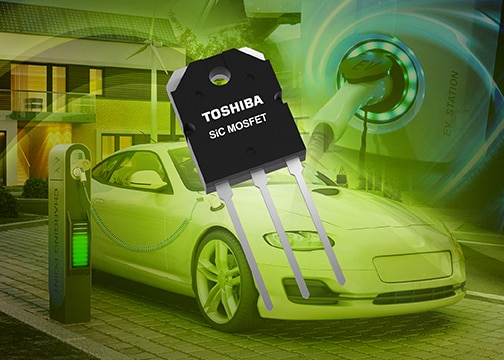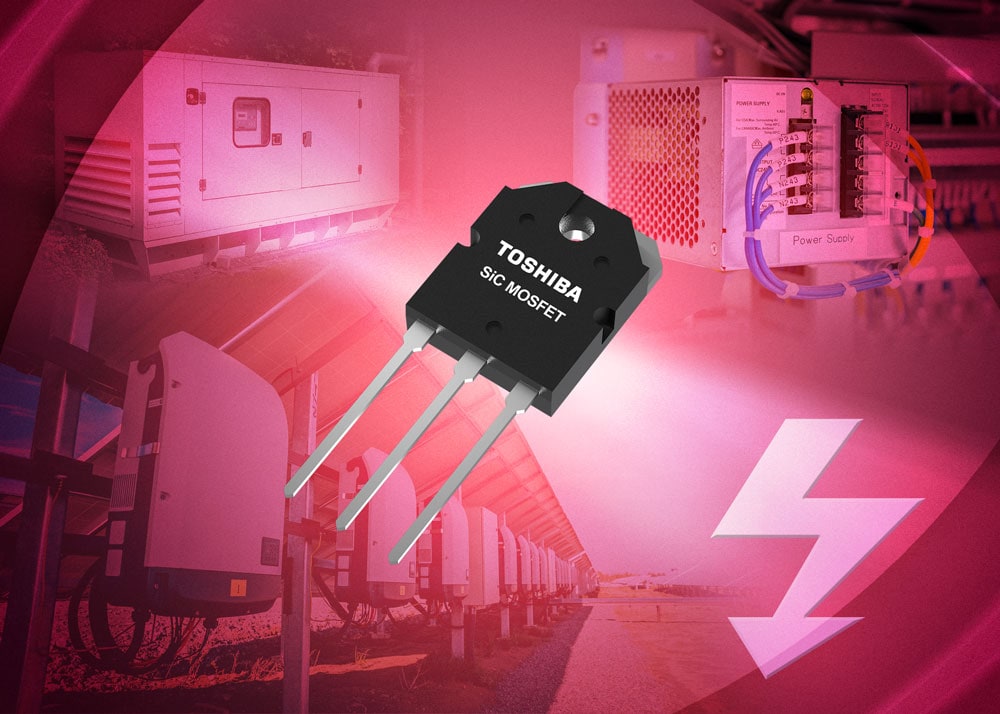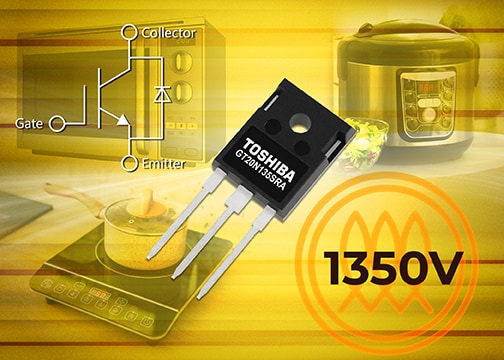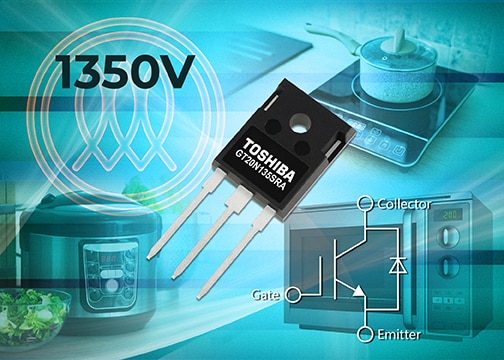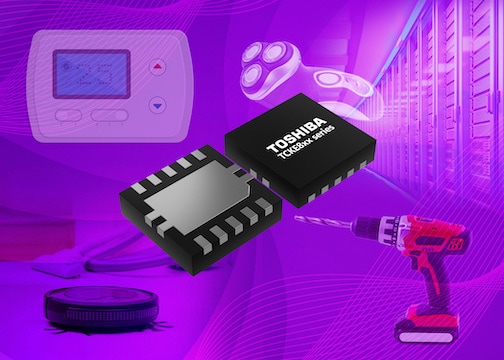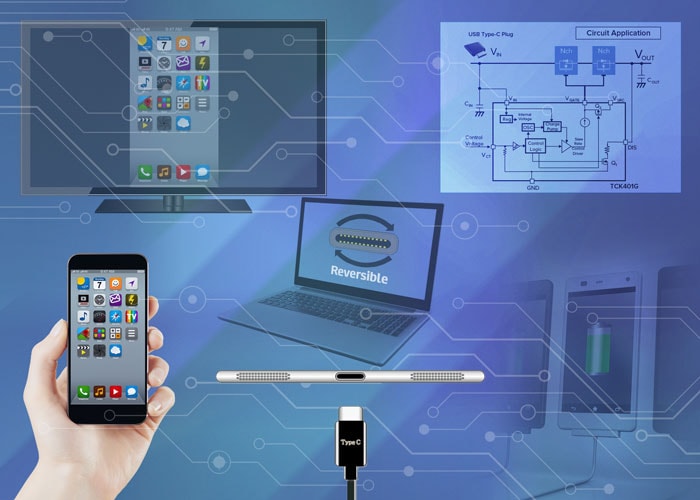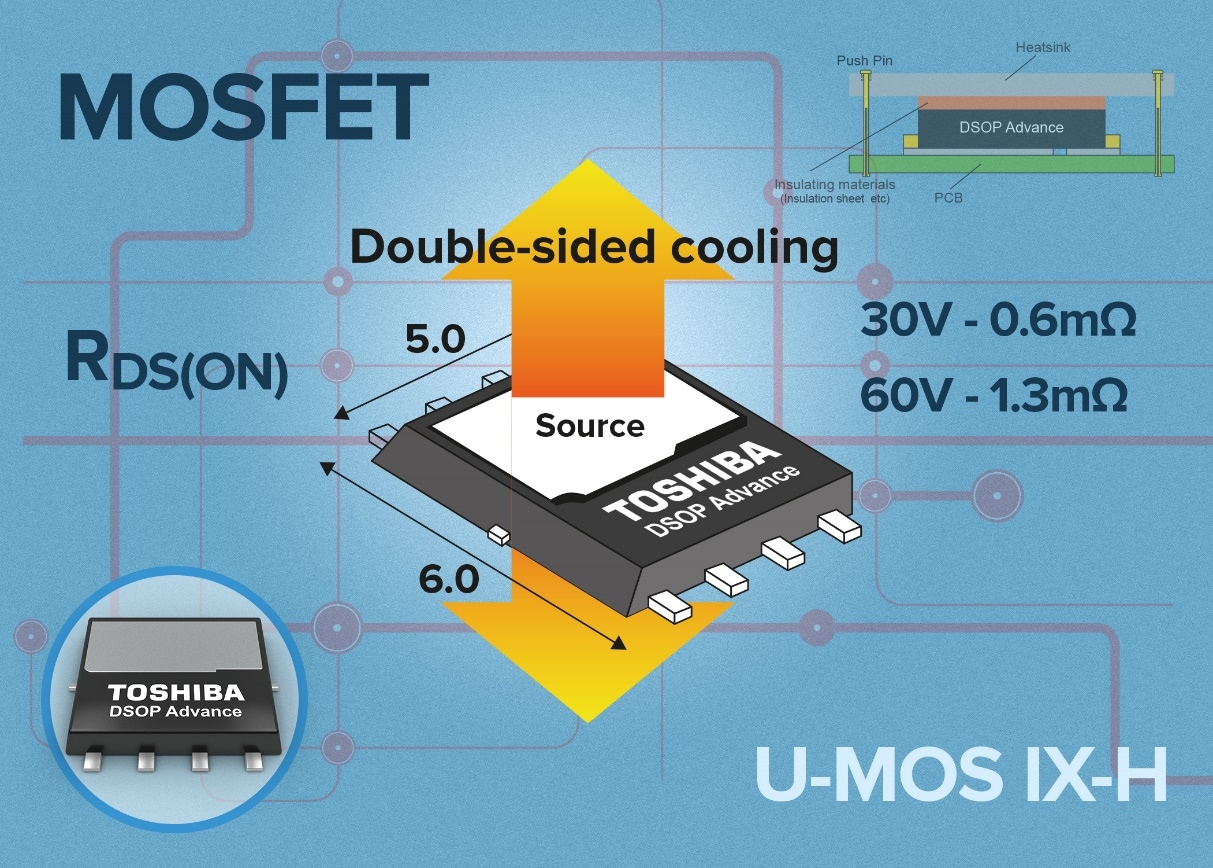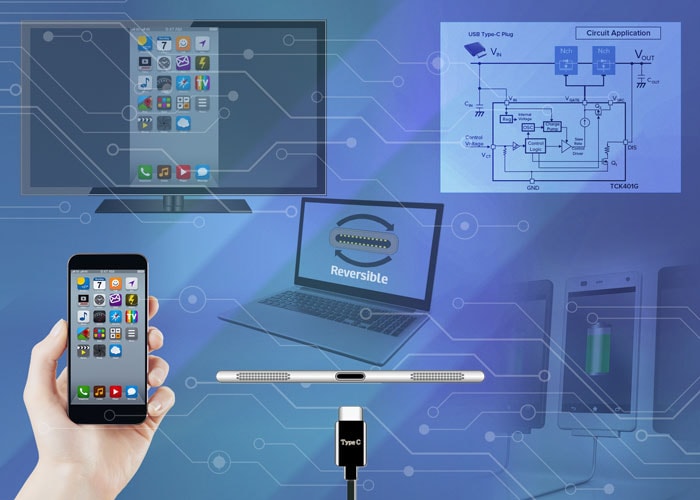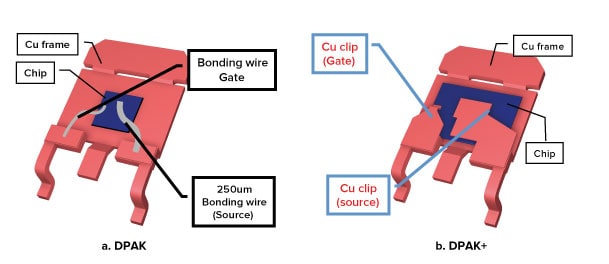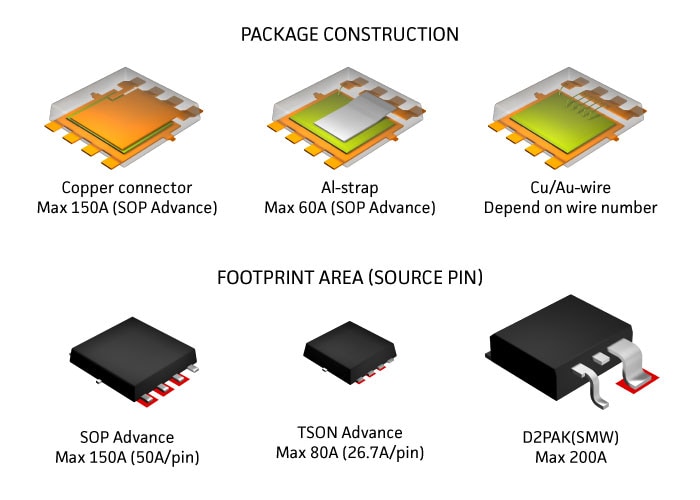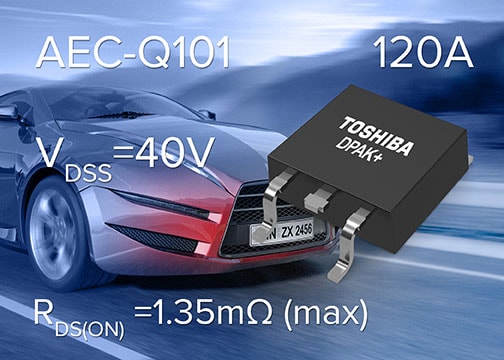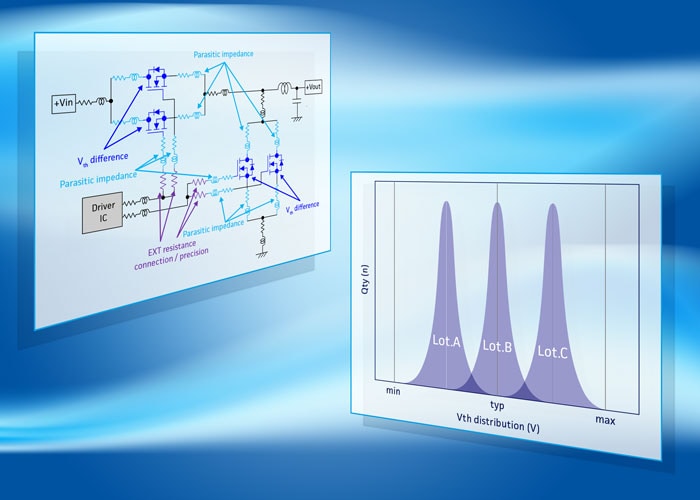- General Top
- SEMICONDUCTOR
- STORAGE
- COMPANY
-
My ToshibaSemicon
- Semiconductor Top
-
ApplicationsAutomotive
Body Electronics
xEV
In-Vehicle Infotainment
Advanced Driver-Assistance Systems (ADAS)
Chassis
IndustrialInfrastructure
BEMS/HEMS
Factory Automation
Commercial Equipment
Consumer/PersonalIoT Equipment
Healthcare
Wearable Device
Mobile
Computer Peripherals
-
ProductsAutomotive Devices
Discrete Semiconductor
Diodes
Transistors
Logic ICs
Analog Devices
Digital Devices
Wireless Devices
※
: Products list (parametric search)
Power SemiconductorsSiC Power Devices
※
: Products list (parametric search)
Isolators/Solid State RelaysPhotocouplers
Digital Isolators
Solid State Relays
Fiber Optic Transmitting Modules
※
: Products list (parametric search)
MOSFETsIGBTs/IEGTsBipolar Transistors※
: Products list (parametric search)
Diodes※
: Products list (parametric search)
MicrocontrollersMotor Driver ICsIntelligent Power ICs※
: Products list (parametric search)
Power Management ICsLinear ICs※
: Products list (parametric search)
General Purpose Logic ICsLinear Image SensorsOther Product ICsOther Product ICs
※
: Products list (parametric search)
-
Design & Development
Design & Development
Innovation Centre
At the Toshiba Innovation Centre we constantly strive to inspire you with our technologies and solutions. Discover how to place us at the heart of your innovations.
-
Knowledge
Knowledge
Highlighted Topics
Further Materials
Other
- Where To Buy
- Part Number & Keyword Search
- Cross Reference Search
- Parametric Search
- Stock Check & Purchase
This webpage doesn't work with Internet Explorer. Please use the latest version of Google Chrome, Microsoft Edge, Mozilla Firefox or Safari.
require 3 characters or more. Search for multiple part numbers fromhere.
The information presented in this cross reference is based on TOSHIBA's selection criteria and should be treated as a suggestion only. Please carefully review the latest versions of all relevant information on the TOSHIBA products, including without limitation data sheets and validate all operating parameters of the TOSHIBA products to ensure that the suggested TOSHIBA products are truly compatible with your design and application.Please note that this cross reference is based on TOSHIBA's estimate of compatibility with other manufacturers' products, based on other manufacturers' published data, at the time the data was collected.TOSHIBA is not responsible for any incorrect or incomplete information. Information is subject to change at any time without notice.
require 3 characters or more.
High performance MOSFETs build better power tools

Cordless power tool designers face multiple challenges, many of which interact and, in some cases, compete with each other making component selection critical to producing a winning design.
The battery itself is one of the most obvious trade-offs. Selecting a battery with the most energy per unit weight is key; more important is to ensure that all aspects of the design are as efficient as possible so as not to waste energy.
Even in normal use, particularly tight nuts or a jamming drill will demand peaks of current to deliver the requisite torque.
Control and protection circuitry must ensure that the battery does not deliver so much instantaneous power that the electronics or motor are damaged.
Temperature is another challenge; improving efficiency allows the tool to run cooler and, therefore, work at higher ambient temperatures.
A tool that is not working could mean a critical safety job is delayed. A failed tool will damage the reputation of the manufacturer, meaning that reliability and robustness are high on the agenda of all cordless power tool designers.
Trench LV MOSFETs from Toshiba Electronics Europe (TEE) are a recent technology specifically aimed at cordless power tool design. U-MOS VIII MOSFET technology offers a broad product range of 30-250V class MOSFETs. The latest U-MOS IX-H technology supports 30-60V class MOSFETs with RDS(ON)max values as low as 2.3mΩ in the 3mm x 3mm 40V package, while the 5mm x 6mm 40V package drops values to 0.85mΩ.
In developing U-MOS technology, TEE focused on three main parameters affecting power switching losses; gate charge (Qg), on-Resistance (RDS(ON)) and recovery charge (Qrr - sometimes Qoss/Eoss). The gate charge and recovery charge have the greatest impact in high-speed applications while high values of RDS(ON) generate waste heat while the MOSFET is conducting current.
The U-MOS range offers several performance levels and combinations of these critical parameters, allowing designers to select the most appropriate for their particular application. The range will be further broadened with the future introduction of 100V and 80V devices.
Toshiba has developed a white paper that discusses cordless power tool design in detail. To download it click here:


